Below is the detailed biography of Frank Dillon, a British landscape painter in the Victorian Era. He has produced many oil paintings as well as watercolor paintings that are not only exhibited at museums across England but also auctioned from time to time.
Early Life of Frank Dillon
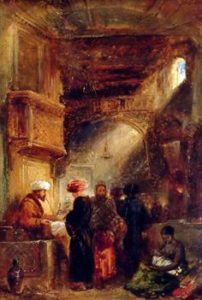
Frank Dillon was born in London on the 24th of February, 1823. He was the last child of John Dillon and his wife. John Dillon was the founding partner of Morrison, Dillon & Co. a silk cloth selling company.
Frank studied at the Bruce Castle School in Tottenham, a district in North London. He showed a flair for art at an early age. Soon, his father admitted him to learn and enhance his artistic skills at the Royal Academy Schools. There he was trained by James Holland, an English painter that specialized in architectural drawings, the depiction of flora, landscape and also some marine paintings.
Franks career started with painting oil on canvas paintings. He exhibited his very first piece ‘On the Tagus, Lisbon’ in the year 1850 at the Royal Academy.
Art Career of Frank Dillon
Frank, along with being a great artist was much of a traveler. Hence, all his paintings include sceneries from various countries across the world, all the places that he has lived and worked at.
His paintings were very regularly exhibited at the Royal Academy and also at the British Institution. However, the British Institution closed down in the year 1867. There was an art club called the ‘Dudley Gallery’ that he was a part of until its close in 1882. In 1882, he joined the Royal Institute of Painters in Watercolors.
His first set of travel paintings came out after his trip to Madeira. His first portfolio was called ‘Sketches on the Island of Madeira’. He visited Egypt in 1854 and produced another collection called ‘Rising of the Nile’, ‘The Nile Raft’, ‘Luxor, On the Nile’, ‘The Sphinx at Midnight’, ‘The Great Pyramid’, ‘The Pyramid of Gizeh’ and many others like these.
He took a significant interest in the upkeep of the Egyptian monuments and was also known to stand against the tearing down of the town of Philae, an island that was located in the reservoir of Aswan Low Dam.
He also visited Japan in the year 1876 and spent there a year and a half, studying the cultures and traditions for all the time he was living there. He also focused on the art styles of Japan that were quite unique compared to European styles and drawings. He was commissioned to prepare the cover for the catalog of the ‘Exhibition of Japanese and Chinese works of Art’. It was held at the Burlington Fine Arts Club in the year 1878.
Eleven of his paintings of the interiors of the houses in Cairo, Egypt are hung at the Victoria and Albert Museum in London.
Significant works of Frank Dillon
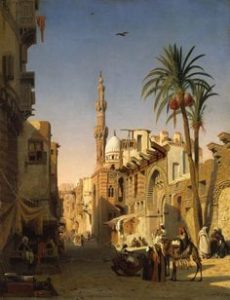
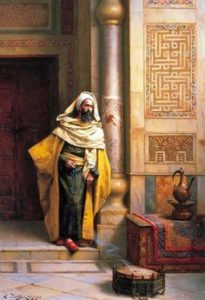
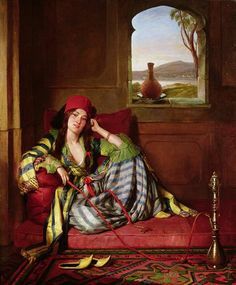
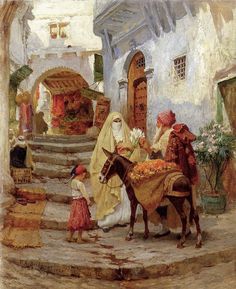
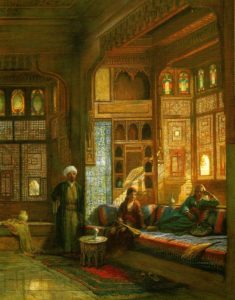
Personal Life of Frank Dillon
Frank Dillon was known to have a close lifelong friendship with Giuseppe Mazzini, a young journalist at the time of the Italian Revolution. This was during the year 1848. He was also friends with other leaders of the movement. He was interested in political movements but never showed active participation.
He was unmarried all his life but had many close acquaintances.
Death of Frank Dillon
Frank Dillon died on the 2nd of May, 1909 out of old age. He died at his residence in the Upper Phillimore Gardens, Kensington.